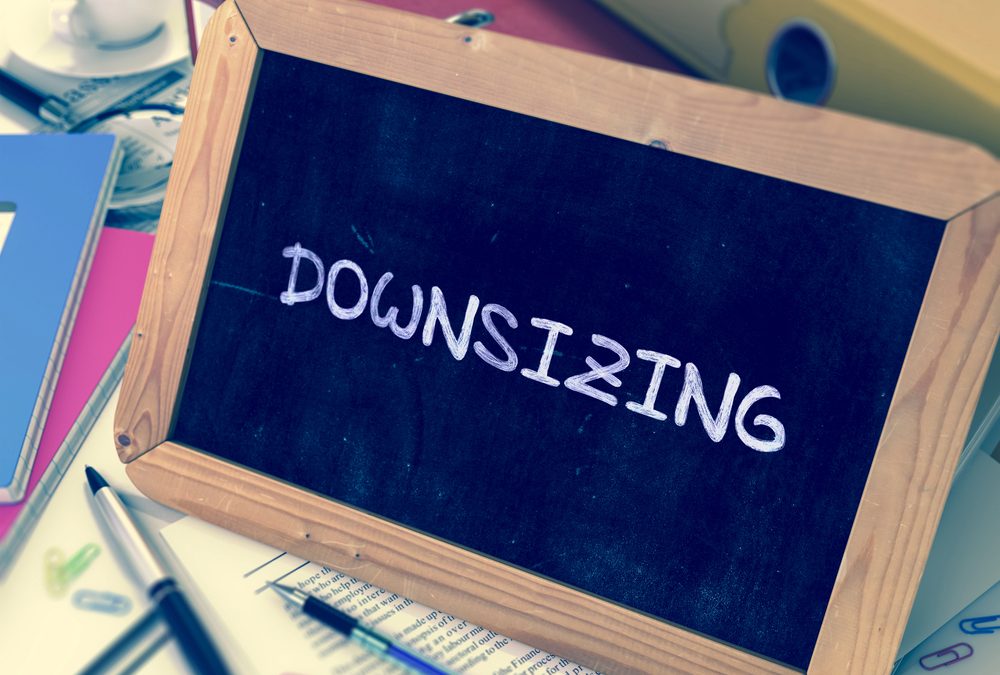 As I’ve noted in a previous article, self-employment is becoming more common as new technology makes self-employment easier than ever before — and changes in the economy makes entrepreneurship a necessity. A 2017 survey conducted by Bankrate reports that 44 million Americans have part-time businesses or ‘side hustles.’ Startup Canada reports that we have a community of 2.3 million entrepreneurs in Canada, and some portion of those are part-time businesses.
As I’ve noted in a previous article, self-employment is becoming more common as new technology makes self-employment easier than ever before — and changes in the economy makes entrepreneurship a necessity. A 2017 survey conducted by Bankrate reports that 44 million Americans have part-time businesses or ‘side hustles.’ Startup Canada reports that we have a community of 2.3 million entrepreneurs in Canada, and some portion of those are part-time businesses.
Basically, what we are seeing is a new version of moonlighting. In the past, moonlighting was usually a second job that someone went to outside of their usual full-time work hours. The current version is different because the ‘side hustle’ is often some form of small business that’s done outside of one’s full-time job. Sometimes, the part-time entrepreneur is creating and selling products (e.g., fancy cakes, hot sauce, or jewelry), other times, the side hustle is a service (e.g., building and maintaining websites, managing social media accounts, or bookkeeping).
The success and viability of these side hustles vary. Some remain small and generate extra income for their owners while others become lucrative and grow larger in scale so that the owner can focus on it full-time.
I’ve met business coaches who refuse to work with people who have side hustles. They argue that those entrepreneurs don’t have enough skin in the game to become successful. People who share this perspective will argue that part-time businesses are not ‘real’ businesses and that there’s just not enough time available during evenings and weekends to become successful (this was previously reported in an article from Entrepreneur.com, which is no longer online).
 On the other hand, Organizational Psychologist Dr. Adam Grant has shared some insights based on applied research in his book called Originals. In that book, he notes that side hustles allow people to be more innovative and take bigger calculated risks because they aren’t counting on the business to cover their monthly expenses. Apparently, the relative security of knowing you have a good day job can lead to innovation. More importantly, if you start a side hustle, you’re 33% less likely to fail than if you start full-time from day one. Richard Branson, a famous entrepreneur is also a fan of the side hustle (see this June 17, 2019 article from Inc where Richard Branson weighs in on side hustles).
On the other hand, Organizational Psychologist Dr. Adam Grant has shared some insights based on applied research in his book called Originals. In that book, he notes that side hustles allow people to be more innovative and take bigger calculated risks because they aren’t counting on the business to cover their monthly expenses. Apparently, the relative security of knowing you have a good day job can lead to innovation. More importantly, if you start a side hustle, you’re 33% less likely to fail than if you start full-time from day one. Richard Branson, a famous entrepreneur is also a fan of the side hustle (see this June 17, 2019 article from Inc where Richard Branson weighs in on side hustles).
Both of these perspectives have merit, and both of these perspectives also overlook some of the benefits of a side hustle.
Hidden Benefits of a Side Hustle
Building Skills Outside of Work – Sometimes our full-time jobs help us to pay our bills, but they don’t provide opportunities to develop new skills or abilities. Side hustles can allow us to engage in more strategic work, more creative, work, public speaking, or other domains. Once skills and abilities have been honed, it’s for the owner of those skills to determine where and when to use them. It could lay the foundation for a full-time business, a career change, or a promotion.
Built-in Resilience – In my line of work, I’ve seen good people lose their jobs because of restructuring/downsizing, ageism, scapegoating, the glass cliff and other reasons (e.g., automation). Depending on the client’s age and skill set, self-employment may be a very wise choice. In certain fields, having a modest side hustle in place creates a natural backup plan so that if things ever take a dramatic turn for the worse at work, you’ve got something to work with.
A Remedy for Underemployment – There are times when we are working in a role that we’re overqualified for. When this happens, and someone has been pigeon-holed into a limited role, one way to break free of this is to find concrete and measurable ways to demonstrate their value in other roles. An excellent metric is earning money and testimonials – these are natural by-products of a viable side-hustle.
Are you curious about creating your own side hustle? Contact Dr. Helen today for a free and confidential initial consultation by phone, email, or via direct message on Twitter, Facebook, or LinkedIn.
More than career coaching, it’s career psychology®.
I/O Advisory Services – Building Resilient Careers and Organizations.
Please share this article using any of the social media icons below.



